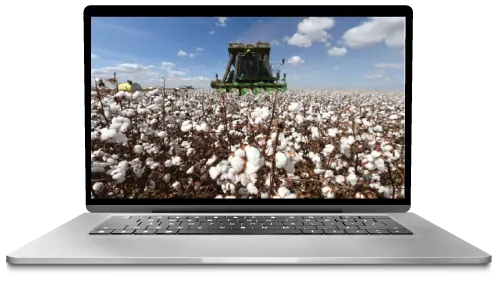Request for Callback
Fill out this form to download.
Cotton Yarn Exports is an ISO 9001:2008 certified company. In the yarn industry, where raw material costs constitute up to 70% of total expenses, the procurement of cotton stands out as a critical decision for manufacturers. The surge in demand for raw cotton from countries like Bangladesh presented a lucrative opportunity for exporters such as Cotton Yarn, leading to substantial turnover growth over a mere 10-15 years. Cotton Yarn Exports rapid expansion in yarn indystry confronted them with new challenges, demanding a shift from basic accounting systems to a comprehensive solution integrating all export aspects. This necessitated a user-friendly yet efficient system capable of handling the complexities of their evolving business landscape.
Take a Test Drive
The implementation of EXPAND ERP has been pivotal in Cotton Yarn Exports remarkable journey in the cottonexporting industry. By seamlessly integrating diverse functionalities to address unit measurement challenges, and effectively managing multiple currencies and exchange rate volatility, EXPAND has emerged as a catalyst for Cotton Yarn Exports success. Its comprehensive features, from dual-unit inventory management to scenario-specific currency handling, have not only streamlined operations but also enhanced organizational efficiency. Cotton Yarn Exports experience underscores the transformative power of EXPAND ERP in navigating the complexities of modern-day business, ensuring sustained growth and competitiveness in the global market.
Hosted on Certified Data Centers for Highest Level of Data Protection and Reliability.





